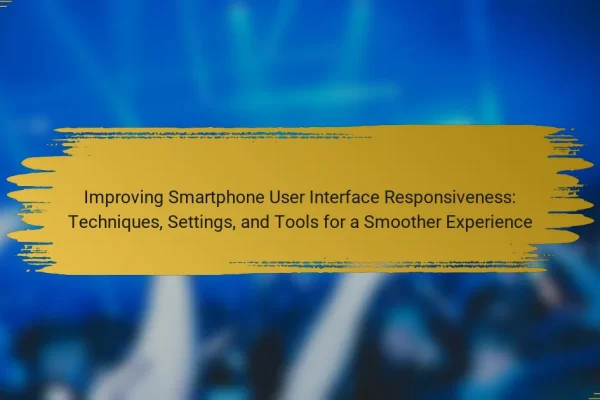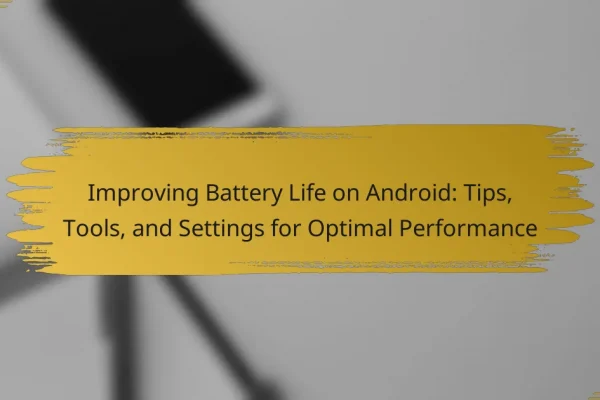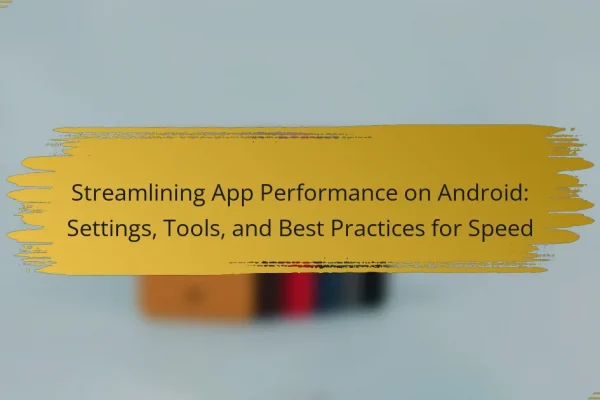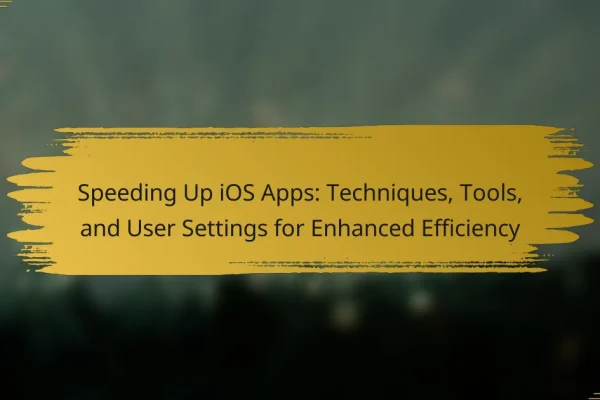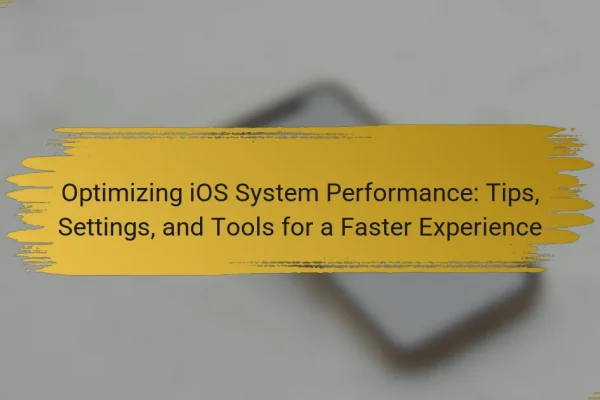
Optimizing Smartphone Updates: Timing, Settings, and Tools for Seamless Upgrades
Smartphone updates are essential software modifications that enhance device performance, security, and user experience. This article outlines strategies for optimizing smartphone updates, including scheduling updates during off-peak hours, enabling automatic updates, and ensuring sufficient storage and Wi-Fi connectivity. It highlights the importance of regular updates in protecting against vulnerabilities, as evidenced by a study indicating…
